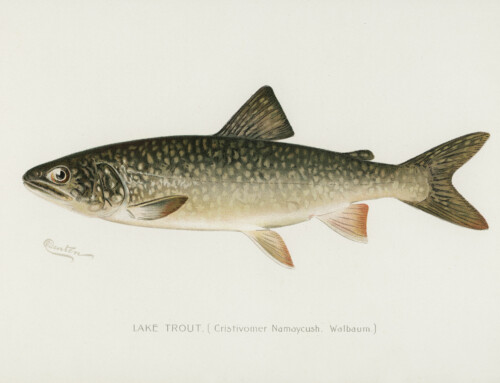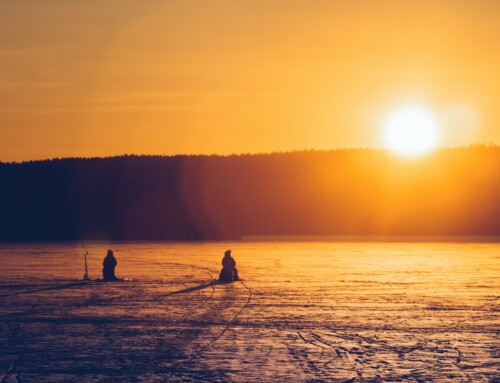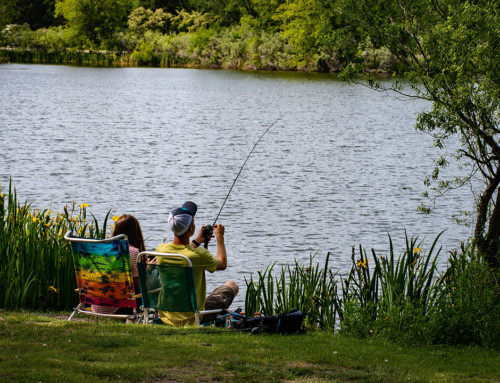Originaly Published by Outdoor Canada, May 26, 2016
By Gord Pyzer
Slab secrets: Part 1
Where to find spring and early-summer slabs, and how to hook ’em
As the days warm, the trees bud and the lilacs bloom, black crappies will be flooding the shallows to spawn, making for some of the fastest and finest fishing of the season.
#1
FIND WARM WATER

Photo courtesy of Gord Pyzer.
Pre-spawn crappies are always looking for the warmest water they can find. The best places to start your search, then, are the warm-water areas where you know they’ll eventually be spawning—green pencil reeds, flooded brush, fallen trees, sprouting beds of cabbage and isolated shallow rock piles.
After you’ve identified one of these hot spots, move away from it, all the while keeping your eyes glued to the water temperature reading on your sonar screen. At this time of the year, marking a school of crappies on your sonar is a bonus—what you’re really looking for is the warmest possible water. You’ll usually find it along the north shore of the lake, in the south-facing bays, coves and indentations that warm up first. Even a one- to three-degree temperature difference is important, so concentrate your early-spring crappie search in such places.
#2
FISH WITH FLOATS

Once you’ve located the right water, where do you think you’re going to find the fish? No, not around the obvious shallow shoreline structure and cover where everyone else is fishing and drawing blanks. Instead, the crappies will be hovering in the one place most anglers never look—in the middle of the bay just inches under the surface, where the water is the most inviting.
The fish are often so close to the surface, in fact, that when I toss out a light 1/32- to 1/16-ounce grub-tipped jig positioned beneath a small bobber, the crappies will often smack the float. Attach your float so that your offering hangs no more than eight inches below the water’s surface. Why? Crappies won’t hesitate to scoot up to inhale your lure, but they’re often reluctant to swim down to eat it. For this presentation, the ideal rig is a seven-foot light- or medium-light spinning rod and 2000 series reel spooled with four-, five- or six-pound-test monofilament.
Finding fish just under the surface in the middle of a bay is the most overlooked spring crappie pattern, and you’ll have it all to yourself. And don’t bother heading out too early in the day, as the best fishing is typically on sunny afternoons once the water has warmed up.
BONUS TIP: SMELLING THE SPAWN

Once the water temperature reaches 15ºC, crappies will be up shallow and in an aggressive pre-spawn mood. They’ll then spawn once the water temperature hovers around 20ºC. How soon the water warms up depends on where you fish, of course. On my home waters in northern Ontario, for example, we’re targeting crappies from mid- to late May through to the end of June. No matter where you are, though, if the lilacs are blooming, the crappies will be spawning—you can take that one to the bank.
For more tips, visit Outdoor Canada!






